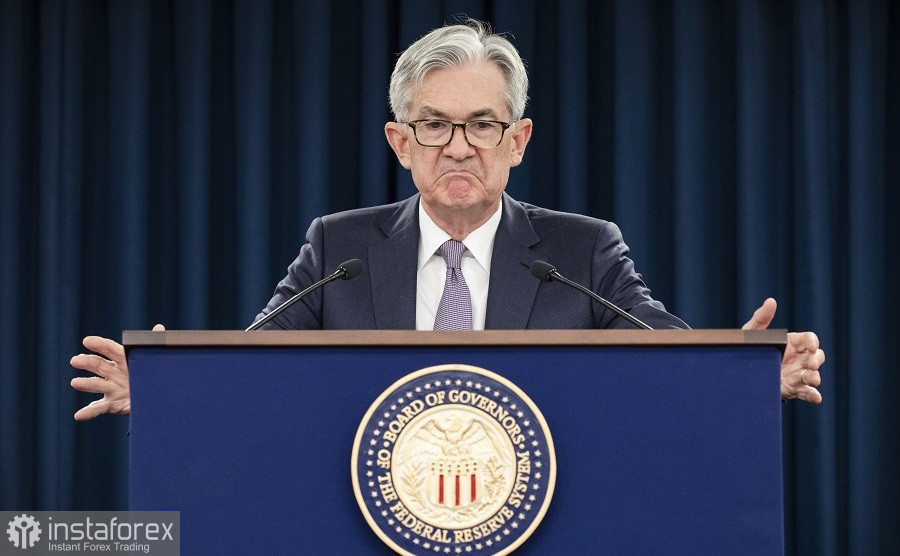The euro and the British pound did not significantly react to yesterday's speech by Federal Reserve Chairman Jerome Powell, who stated that officials are increasingly concerned about potential risks to the labor market due to high borrowing costs. This indicates that while the regulator maintains a hawkish stance, it will continue seeking new evidence of slowing inflation.
Speaking to lawmakers on Tuesday, Powell was cautious and gave no timeline for lowering interest rates despite investors expecting the first easing of policy as early as September this year.
It is important to note that Powell emphasized the growing signs of a cooling labor market for the first time after government data released on July 5 showed unemployment rising for the third consecutive month. "Elevated inflation is not the only risk we face," Powell said in his prepared remarks to the Senate Banking Committee. "Recent data show that labor market conditions have significantly deteriorated compared to a year ago, which is concerning," he added.

Today, the Fed Chairman will deliver a second speech before the House Financial Services Committee, reiterating what he said yesterday in the Senate.
Evidently, amid negative labor market trends and an improving inflation situation, the US Central Bank is increasingly considering lowering rates after keeping them at over a two-decade high for nearly a year.
It is important to note that Powell is gradually shifting the focus from inflation to the labor market. If tomorrow's data on price growth are again encouraging, the Fed will more actively discuss the need to lower rates soon. However, as I noted above, the Fed Chairman emphasized that lowering rates too early or too significantly could halt or reverse the progress in fighting inflation, which decreased from 7.1% in June 2022 to 2.6% as of May. "Better data will strengthen our confidence that inflation is steadily moving towards 2%," Powell said.
The latest data indicating that inflation is slowing again after an unexpected spike in prices earlier this year were welcomed with optimism by the market. However, many Fed officials have repeatedly stated they need more confidence that this trend will continue. The monthly consumer price report expected tomorrow will show a 0.2% rise in core prices in June.
Democrats also warned Powell yesterday about potential economic risks from high rates, pointing to rising unemployment, increasing housing costs, and a slowdown in the manufacturing sector. Republicans mostly refrained from negative comments.
As for the current technical picture of EUR/USD, buyers need to focus on taking the 1.0845 level. Only this will allow aiming for a test of 1.0870. From there, it could move up to 1.0900, but doing so with support from major players will be easier. The ultimate target is the 1.0940 maximum. If the trading instrument declines, I expect significant actions from major buyers around 1.0810. If no one is there, it would be good to wait for the 1.0785 minimum to be updated or to open long positions from 1.0760.
As for the current technical picture of GBP/USD, pound buyers need to take the nearest resistance at 1.2800. Only this will allow aiming for 1.2830, which will be challenging to break through. The ultimate target is the 1.2860 area, after which we could discuss a sharper pound surge to 1.2890. If the pair declines, bears will try to control 1.2765. If they manage to do this, breaking through the range will seriously blow the bulls' positions and push GBP/USD down to the 1.2735 minimum with a prospect of reaching 1.2707.





















